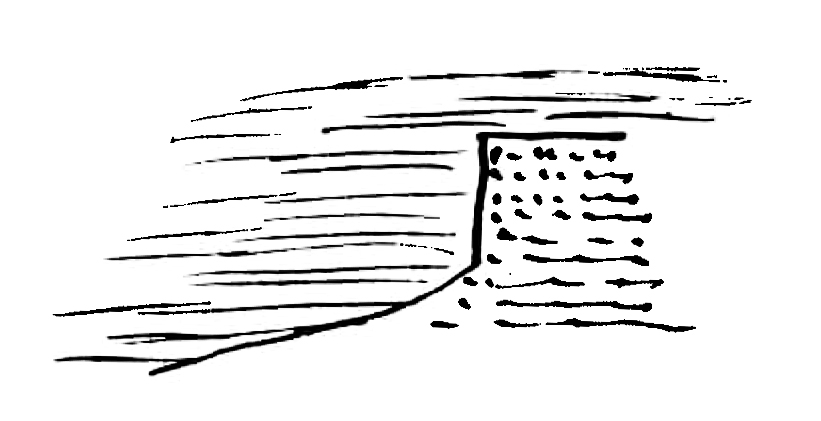To Andrew Crombie Ramsay 29 April [1863]1
at Revd. C. Langton’s | Hartfield | Tonbridge Wells2
April 29th
Dear Ramsay
I am extremely much obliged to you for sending me your Address.3 I shd. think it would interest geologists; to me, as you may suppose, it is deeply interesting. Such discussions are the real method of discussing the modification of Species.4 It is a great problem for the future how the geological record is so imperfect.—5 I hope that you may be induced to go on with the series of Breaks.—6 If you do, at the end, could you not give a table or diagram with names of Formations; & the Physical Breaks shown by thicker or thinner black lines—or interrupted lines.—or longer or shorter lines to show extent or degree of break & creeps. How grand it would be, if you could add to each physical Break, the percentage of Fossils which pass upwards; thus7
Wenlock = Upper Llandovery = Lower Llandover = .32 Caradoc
(Thickness of formation?)
I wish there were data to say how many thousand feet of fine sediment may be deposited with no change of species from top to bottom; or better still if we could say that after so many thousand feet, without a Break, some few, (some 2 or 3 per cent) of the species at base were represented by analogous species at top. But migration &c render this hope or wish Utopian.— I was glad to see you snub our good friend Huxley’s geology: I was horrified at his view; it might to certain extent be tenable for strictly land productions.—8
I wish you would take opportunity & discuss “creeps” or overlappings of Formations.9 Are the “creeps” over the land; & if so, why do we not often find, old sea-cliff overlapped?

Why not old river-beds &c overlapped? Are our sections not perfect enough to show these cases? Or have our chief great formations been all formed at mouths of great rivers, where estuary land is low? Or do large spaces of bottom of sea remain for ages uncovered, & are these sea-beds crept over? How with our Coal measures, & new Red Sandstone with Foot-prints; does a fault separate the sinking area from the stationary or rising land whence sediment is derived? Do give us a philosophical discussion on this whole subject.—
With sincere thanks for the great interest derived from your address, believe me Dear Ramsay | Your’s very sincerely | Ch. Darwin
Excuse untidy paper.—
Footnotes
Bibliography
Correspondence: The correspondence of Charles Darwin. Edited by Frederick Burkhardt et al. 29 vols to date. Cambridge: Cambridge University Press. 1985–.
Summary
Interested in ACR’s Presidential Address [Q. J. Geol. Soc. Lond. 19 (1863): xxix–lii] on the breaks in succession (of formations). Hopes ACR will provide a diagram of breaks, with the percentage of fossils that "pass upwards", i.e., continue to appear.
Horrified at Huxley’s geology.
Wishes ACR would discuss "creeps".
Letter details
- Letter no.
- DCP-LETT-4131
- From
- Charles Robert Darwin
- To
- Andrew Crombie Ramsay
- Sent from
- Charles Langton, Hartfield
- Source of text
- DAR 261.9: 1 (EH 88205974)
- Physical description
- ALS 5pp
Please cite as
Darwin Correspondence Project, “Letter no. 4131,” accessed on 18 April 2024, https://www.darwinproject.ac.uk/letter/?docId=letters/DCP-LETT-4131.xml
Also published in The Correspondence of Charles Darwin, vol. 11


